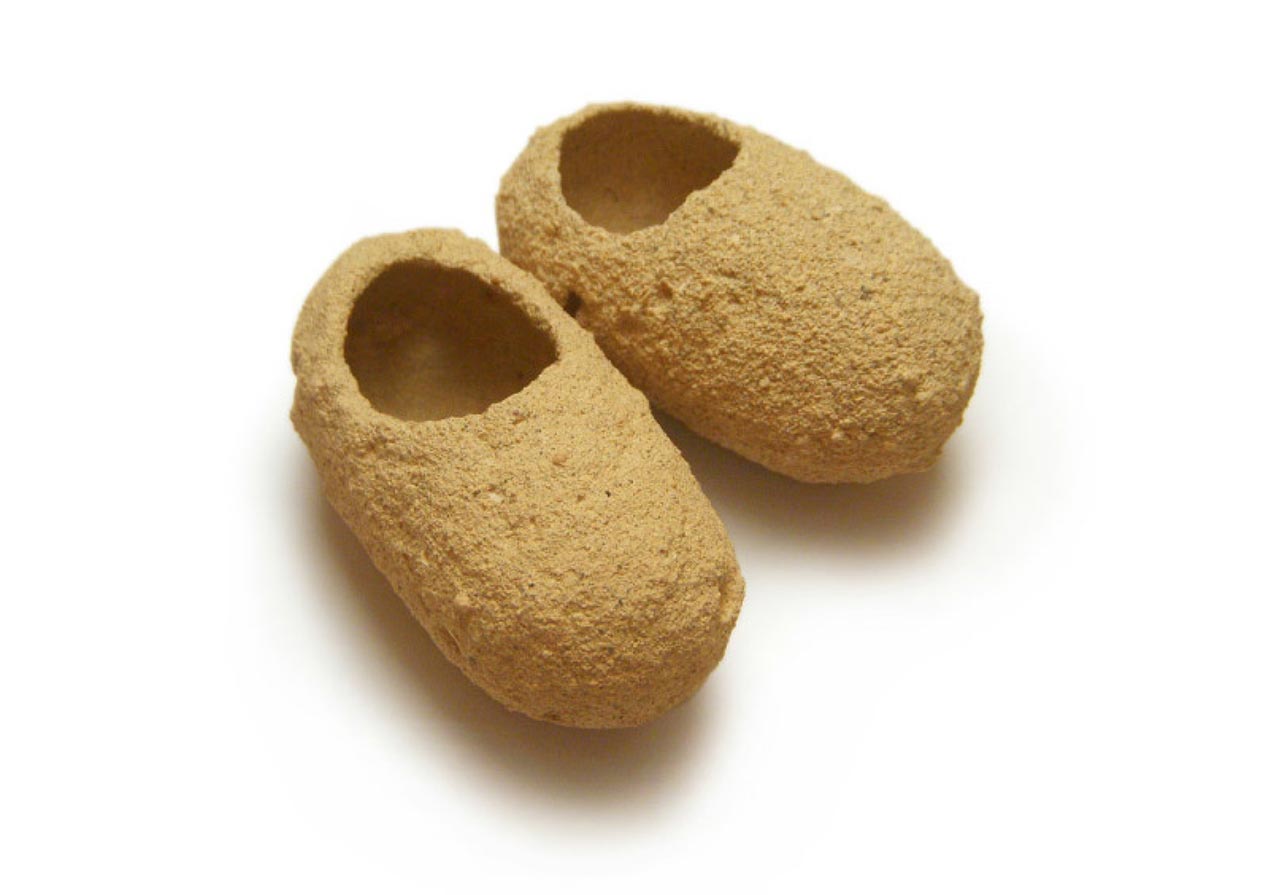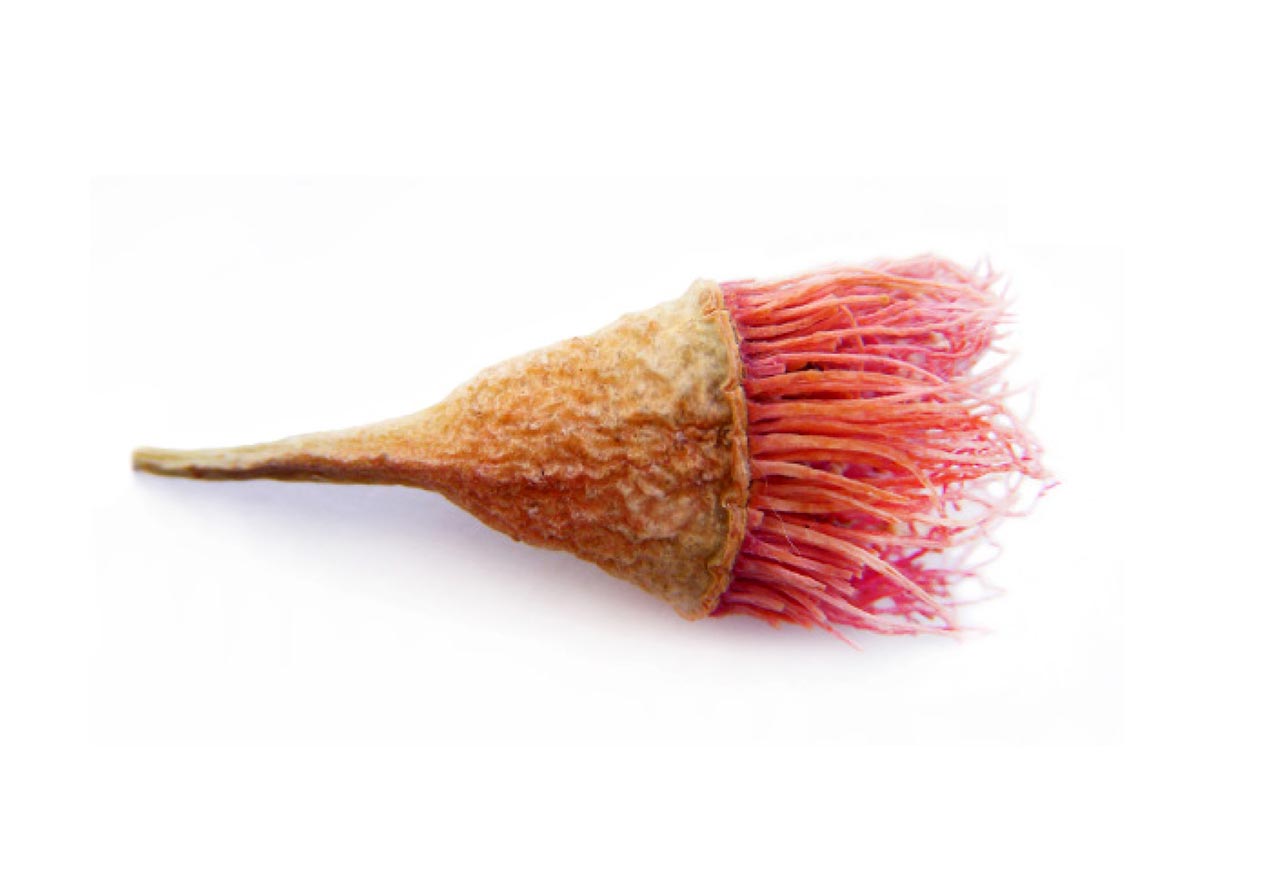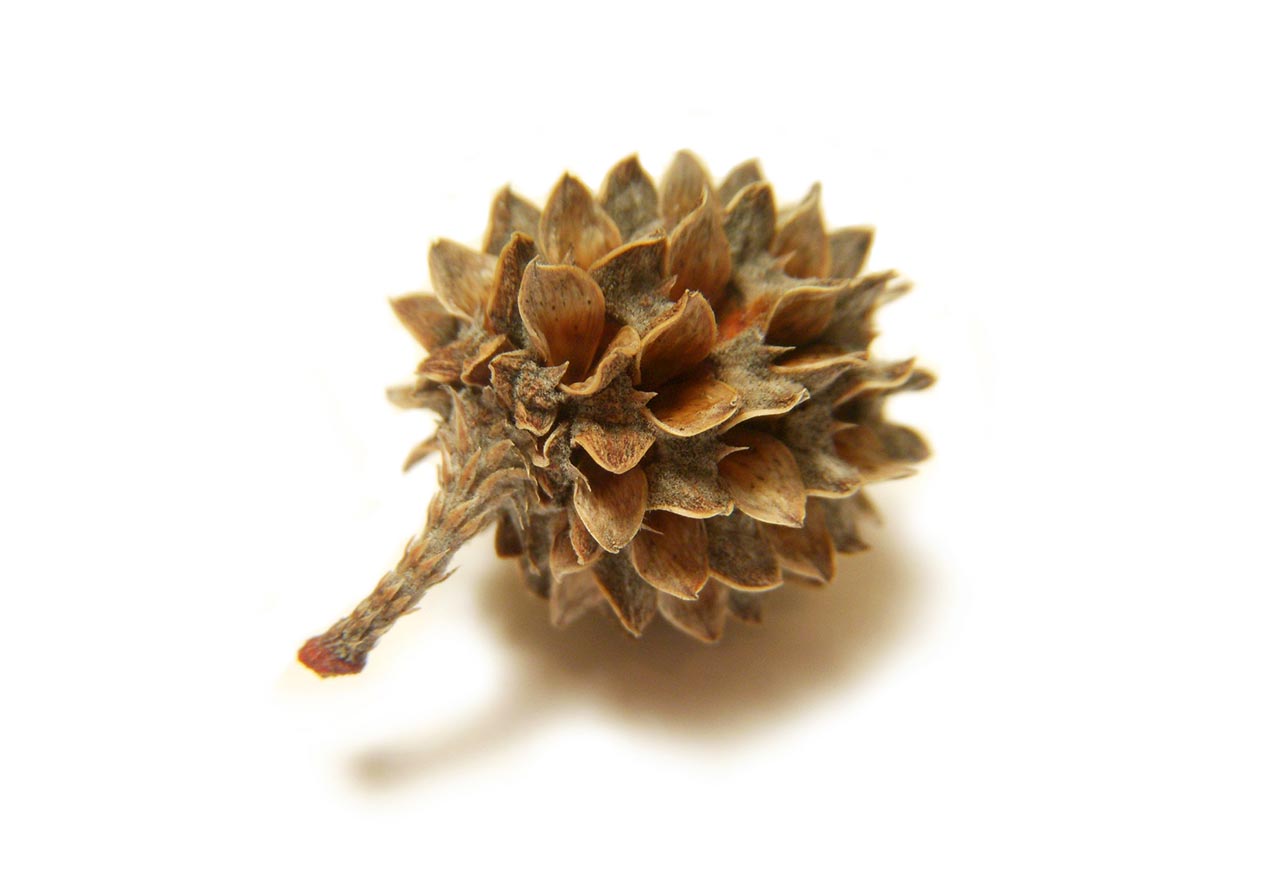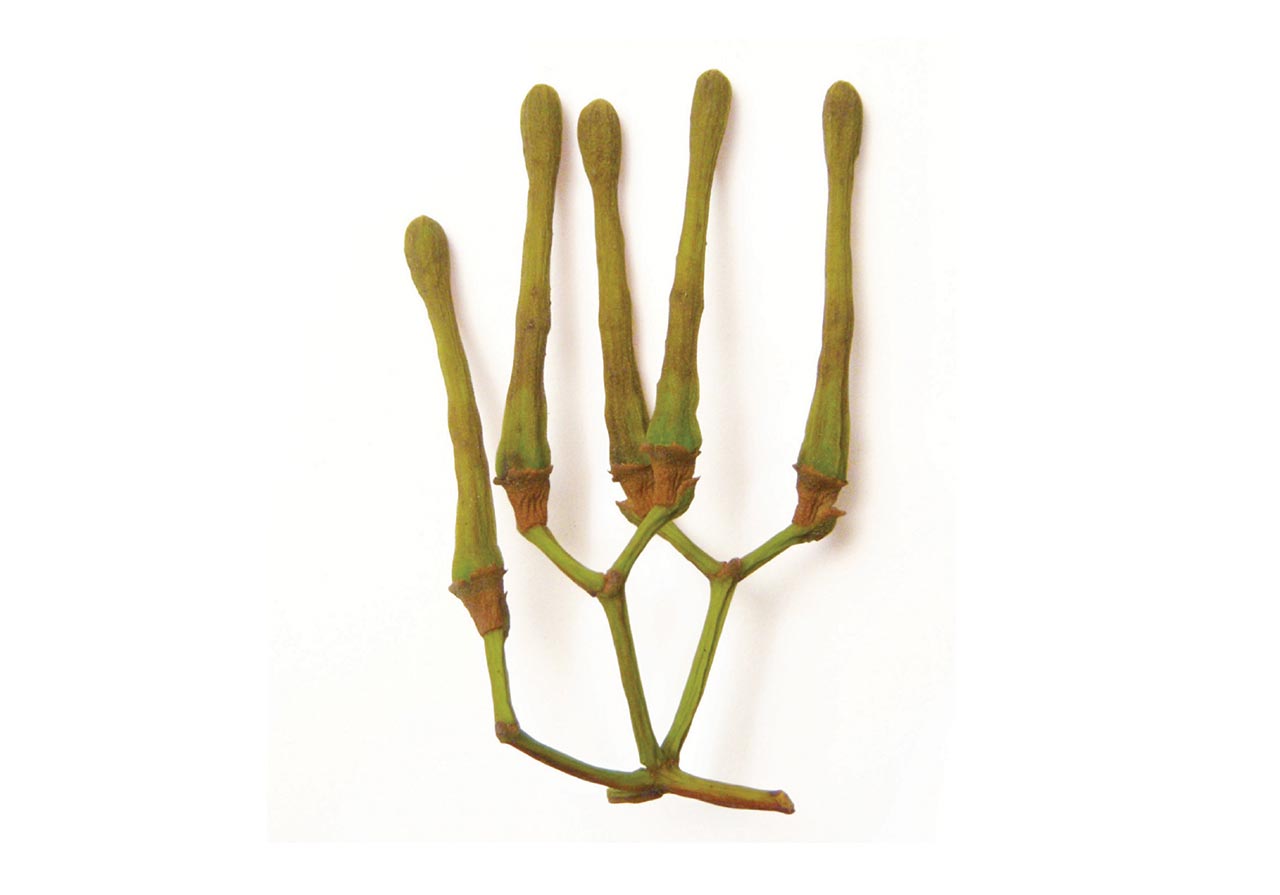
Queensland Quotations
On a winter holiday to the delightfully warm and sunny state of Queensland we visited many a playground. Maybe not the most relaxing nor serene places to visit, but who cares, it was warm! The talking, screaming, yelling and even a whisper by a consoling parent created a raucous crowd. How uncanny to be sitting under a tree that dropped seeds in the shape of quotation marks!
West Coast Clogs
Weevil cocoon fossils, known as ‘clogs’ are found on the west coast of Eyre Peninsula. They are formed by an ancient weevil larva. When undergoing change into an adult, the larva tampers the surrounding soil forming an underground hollow chamber. The compacted soil mixes with secretions to form a hard casing. The new adult weevil returns above ground by pushing through the chamber wall, forming a circular hole. The empty casing calcifies over time to form a rock-hard fossil. Clogs can become exposed through sand erosion and can be up to 100,000 years old!


Woody Pear Butterfly
After many years maturing on the tree or after fire, the fruit of the Western woody pear begins to slowly split. Endemic to Western Australia, the woody pear’s fruit opens to allow the two prized, winged seeds to glide to the ground. Spinning like tiny propellers, the seeds can disperse far from the parent plant. Once many old fruits have fallen to the ground the image is reminiscent of a group of butterflies fluttering beneath the tree.
Seed Pod Canoe
After the rain had eased, the local children gathered in the street for the Gumleaf Gutter Races. An array of natural objects were eagerly collected for the prestigious event. Thanks to the gnarled, old vine growing in the fiercely guarded backyard, a vessel of great envy was about to be launched. With enormous pride the faithful seed pod canoe won many a race!


Bushy yate sea mine
Whilst strolling along a remote, south-western Australian beach we discovered something bobbing in the surf. The image was reminiscent of an old, lost naval sea mine! Although approximately the size of a golf ball, the Bushy yate fruit has quite a spectacular and impressive form. Part of the Eucalypts, the Bushy yate is endemic to south-western Australia and grows along coastal and sub-coastal zones.
Pine Cone Rose
As spring began we made a trip to the Mount Lofty Botanic Gardens to view the dramatic changes in the landscape. Although the assortment of differing tree patterns and structures impressed us, what grabbed our attention was the tiny rose-like pine cones that had fallen at our picnic spot. Only the size of a 5 cent piece, the pine cone presented a delicate and very intricate form.


Eucalyptus paint brush
It was time for a well deserved break and a stroll to the local park for a takeaway coffee and some cake. As we sat on the ground we noted many interesting natural objects spread amongst us. However, having just painted our new and very large design studio, there was an immense sense of horror as we sat surrounded by an array of tiny, unnerving paint brushes!
Equisetifolia Echidna
Coastal sheoaks (Casuarina equisetifolia) are common coastal trees that grow in the north-eastern coastal areas of Australia. As we walked along Island Beach on North Stradbroke Island, we admired the tiny sheoak fruits that had dropped to the sand. Curious as to what we had picked up, a group of children raced over to us and one said ‘do you know what they are? They are tiny echidnas!’


Mistletoe candelabra
On a lazy bushwalk through Spring Gully National Park, we admired the only stand of Red stringybark eucalypts in South Australia. As it was time for a rest, we sat on the ground and noticed we were surrounded by a sprinkling of unopened Mistletoe flower buds. That meant one thing. Mistletoe above! Well, we’d better not let the ancient Norse mythology of Baldur go to waste! xxx
Gum Bird
As we stood under a shady tree enjoying the view from Doctor’s Beach, Streaky Bay, we noticed something moving in the gum leaves above. On further investigation a well camouflaged Stick insect was enjoying a meal of delicious, plump gum leaves! Obviously eating the most delicious parts of the leaves, the remnants produced an array of interesting shapes for us to discover!

